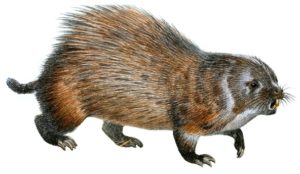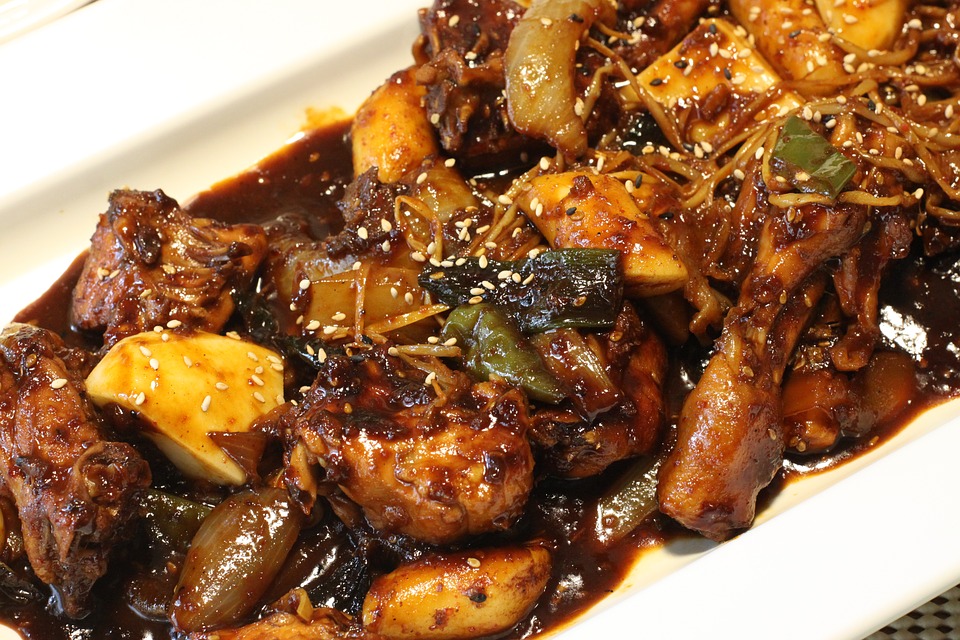How to cook muskrat
Before we start talking about how to cook muskrat, let’s first talk about what a muskrat is.
A muskrat not a rat. It is a rodent, but that’s all it has in common with rats.
At the risk of offending a lot of experts, muskrats are pretty much like small beavers, but with a tail that’s flattened vertically instead of horizontally. That’s the simple description.
 They have been a valuable source of food and fur in the US and Canada since well before the Europeans came.
They have been a valuable source of food and fur in the US and Canada since well before the Europeans came.
Muskrats live everywhere from northern Canada to Mexico and they are not threatened or endangered.
So if you’ve got a hankerin’ for some varmint, these fellas could be a good choice. You’ll need several to make a good meal.
Their flavor is considered to be gamey and on a par with rabbit for quality. Indeed, the animal’s nickname is marsh rabbit. The meat is fine grained. Some say its flavor is similar to duck. The taste of muskrat is also said to sit at the back of your throat long after you’ve chewed your last piece.
So how do you cook one?
We have three short recipes from the same pioneer guidebook:
STEAMED MUSKRAT LEGS
Contents
Cut off the muskrat’s legs and dip in a bowl of flour with salt, pepper and other strong seasoning. Mix with a small amount of water. Put grease into a large frying pan and put in the muskrat legs which have been dipped in the flour mixture. Cover tightly and cook for a long time as they take long to become tender. The strong seasoning takes away the actual taste of the muskrat and turns into gravy as it steams.
STUFFED MUSKRAT
Clean the rats well. Put in a roaster and put bread stuffing on top of it. Roast in an oven until the muskrats are soft.
MUSKRAT TAILS
Cut off the tails and dip them into very hot water. Pull off the fur. One can either cook them on top of the stove, turning them after a few minutes, or boil them. This is the same method as for beaver tails. Both are very sticky to eat.
This is classic pioneer cooking. Three different recipes from just one animal. The legs go in one dish, the bodies in the next and the tails in the last dish.
People with more modern tastes can first soak the carcasses in salty water for three days to remove some of the gamey flavor. Change the water twice daily.
(Thank you Wagon Wheel Restaurant, Smyrna, Delaware for that tip. They serve muskrat.)
These recipes come from the “Pointers from Pioneers” chapter of The Northern Cookbook, edited by Eleanor A. Ellis.
It was first published in 1967 to encourage more settlement of Canada’s far north. Which makes it one of the last true pioneer books to be written I suspect.
The same book has a very rare recipe for Inuit Muktuk, courtesy of Rosie Peeloolook.
MUKTUK
After taken from whale, leave two days hanging up to dry. Cut into pieces 6″ X 6″. Have water ready to boil. Cook until tender with fork. Keep in oil in a 45 gal. drum after cooked, in a cool place, in order to have muktuk all year.
They left out step one, which is “Take one Bowhead Whale…”.
That’s always the most difficult part of the recipe. Good luck…
Even if you never plan to cook your own muskrat or whale, you can still hit the Facebook Like button below and save these recipes from disappearing into history
It’s easy enough to do and a great way to keep this knowledge alive.

